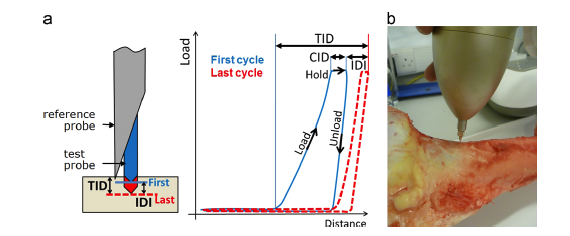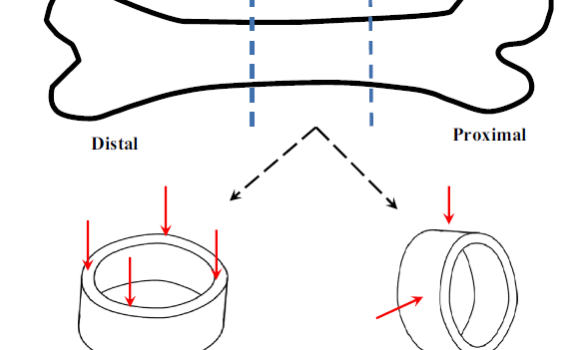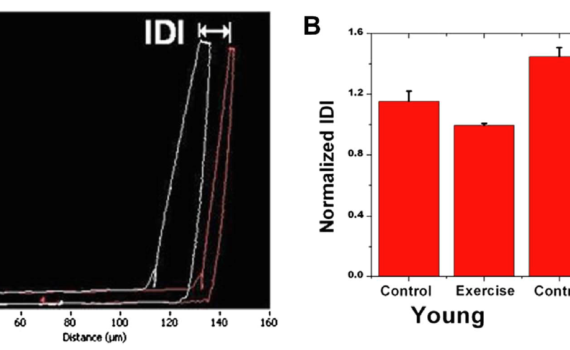Abstract Reference Point Indentation (RPI) is a novel microindentation tool that has emerging clinical potential for the assessment of fracture risk as well as use as a laboratory tool for straight-forward mechanical characterisation of bone. Despite increasing use of the tool, little research is available to advise the set-up of […]
femur
Abstract Reference Point Indentation (RPI) has been proposed as a new clinical tool to aid the diagnosis of Osteoporosis. This study has examined the performance of the tool within entire femurs to improve the understanding of the mechanical properties of bone and also to guide future RPI testing to optimize […]
Abstract Polycystin-1 (Pkd1) interacts with polycystin-2 (Pkd2) to form an interdependent signaling complex. Selective deletion of Pkd1 in the osteoblast lineage reciprocally regulates osteoblastogenesis and adipogenesis. The role of Pkd2 in skeletal development has not been defined. To this end, we conditionally inactivated Pkd2 in mature osteoblasts by crossing Osteocalcin (Oc)-Cre;Pkd2+/null mice with floxed Pkd2 (Pkd2flox/flox) mice. Oc-Cre;Pkd2flox/null(Pkd2Oc-cKO) mice exhibited […]
Abstract The reference point indentation (RPI) method is a microindentation technique involving successive indentation cycles. We employed RPI to measure average stiffness (Ave US), indentation distance increase (IDI), total indentation distance (TID), average energy dissipated (Ave ED), and creep indentation distance (CID) of swine femoral cortical bone (mid-diaphysis) as a […]
Abstract Here we describe modifications that allow the bone diagnostic instrument (BDI) [P. Hansma et al., Rev. Sci. Instrum. 79, 064303 (2008); Rev. Sci. Instrum. 77, 075105 (2006)], developed to test human bone, to test the femora of mice. These modifications include reducing the effective weight of the instrument on […]





